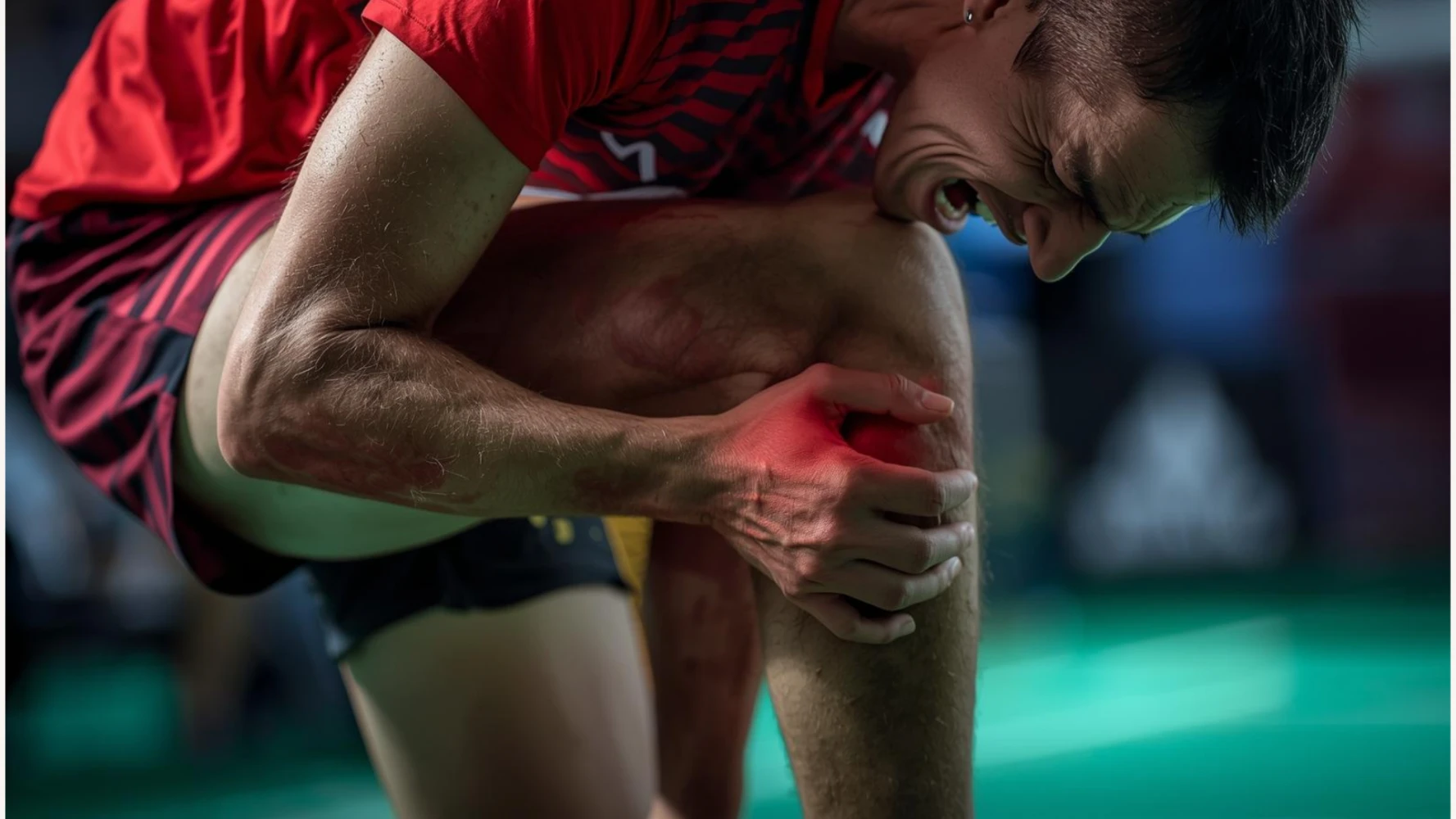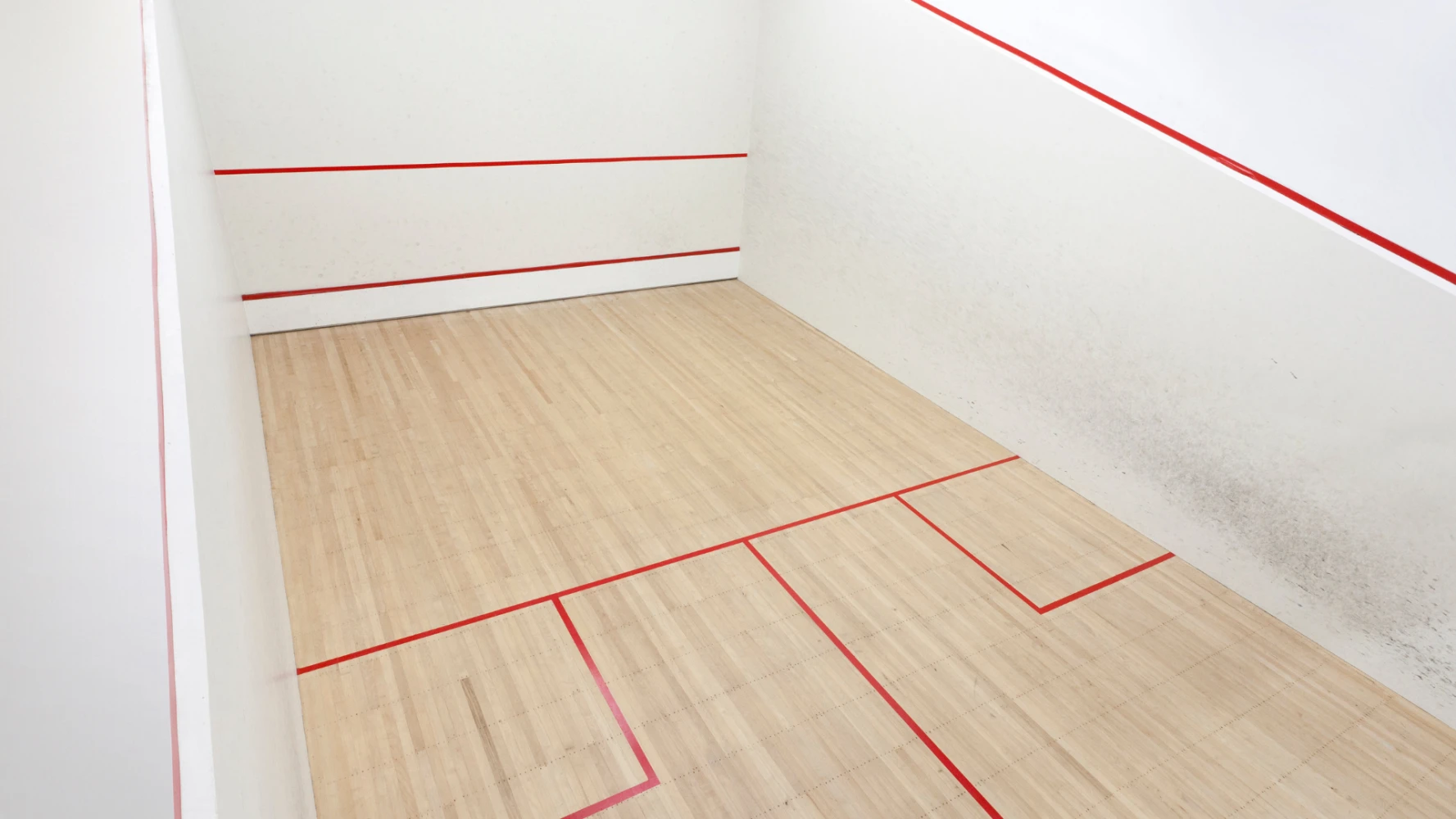Padel is unique among racket sports, and that's thanks to its walls! These glass or mesh walls aren't just court boundaries; they are an integral part of the game, offering infinite strategic possibilities. Mastering the art of playing with the walls is essential for any player who wants to move up to the next level, whether a beginner or experienced.
Understanding Rebounds: Patience and Anticipation
The first step to mastering the walls is to understand how the ball reacts upon contact. Unlike tennis or squash, the ball doesn't "die" after hitting a wall. It offers a second chance, or a new tactical opportunity.
The simple rebound: The ball hits a single wall. Let it bounce once on the ground, then on the wall, before hitting it. This is the most common and will generally allow you to gain time.
The two-wall rebound: The ball first hits the back wall, then the side wall (or vice versa). These rebounds are more complex and require much better anticipation of the trajectory to hit the ball before it becomes unplayable.
The key is not to rush. Wait for the ball to come off the wall, as this is usually the best time to hit it with control and precision.
Defending with the Walls: Turning a Threat into an Opportunity
The walls are valuable allies in defense, allowing you to return balls that would be lost in other sports.
The defensive wall exit: If the opponent sends the ball deep, let it bounce on the ground and the back wall. Position yourself behind it and use the rebound off the glass to send it forward. This shot allows you to reposition yourself and restart the point without feeling pressured.
The lob via the wall: Rather than hitting a difficult ball, use the wall to execute a defensive lob. The hitting zone may vary depending on the shot you want to achieve; however, to maximize your chances, aim for the top of the glass.
Recovery shots: Sometimes the opponent's ball can be very difficult to return depending on the zone and/or the spin of the ball. This shot is much more difficult than the previous ones, but you can also use the side glass to return the ball while surprising the opponent.
The Bajada: Following a lob that bounces high off your glass, you also have the option of positioning yourself under the ball to push and accelerate it with a downward trajectory.
Walls increase playing time and offer more options to stay in the rally, even under pressure.
Attacking with the Walls: Surprising and Unsettling the Opponent
Once you master defense, it's time to use the walls to put your opponent in difficulty.
The bandeja and the víbora: These emblematic padel shots are high, cut strokes that bounce off the ground then off the back wall, "sticking" the ball to the glass. The opponent is then forced to play it awkwardly, often defensively.
The smash to the wall: Unlike tennis where a direct smash is sought, in padel, aiming for the wall can be very effective. A powerful smash that bounces off the ground then very high off the back wall can make the ball unplayable or send it out of the court.
Cross-court shots with wall: Send the ball diagonally so that it hits one or two walls (or even the mesh) before the opponent can hit it. These complex trajectories are difficult to anticipate and recover.
Playing the angles: Angles are dead zones. Aim for the corners so that the ball bounces off two walls, making recovery very difficult.
Conclusion:
The walls are not an obstacle in padel, but a strength. Understanding their rebounds, using them in defense to prolong the rally, and exploiting them in attack to create uncomfortable situations for the opponent, that is the key to winning as many points as possible.




Comments